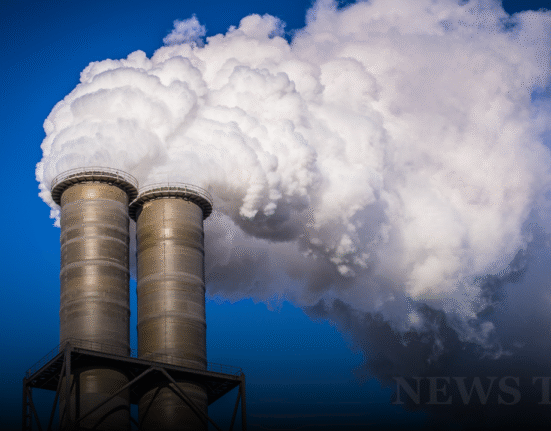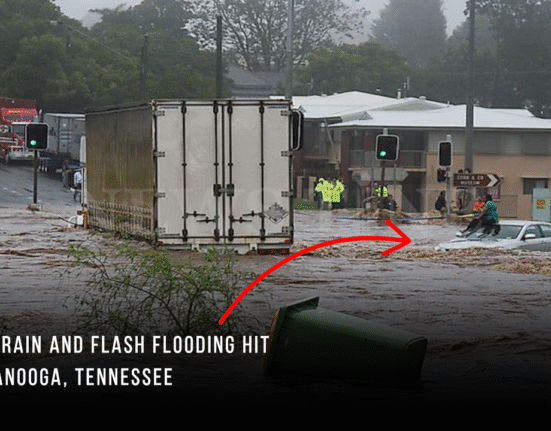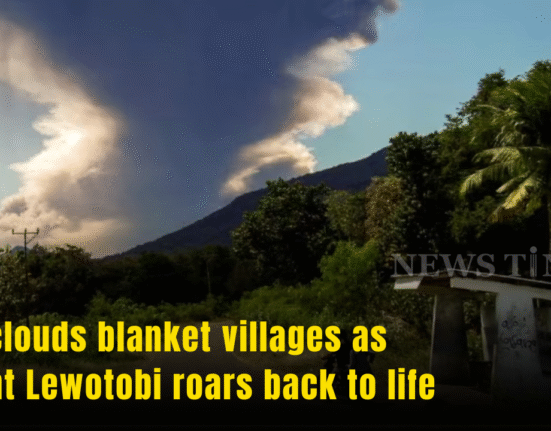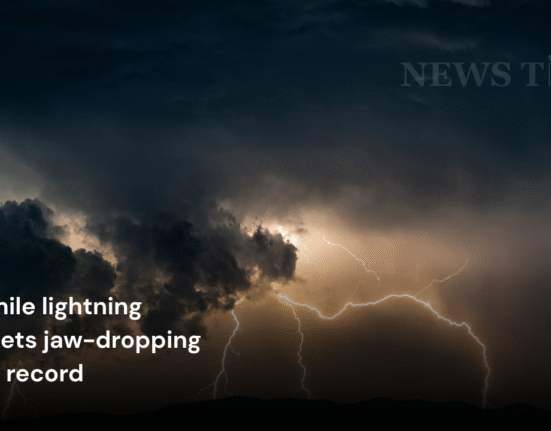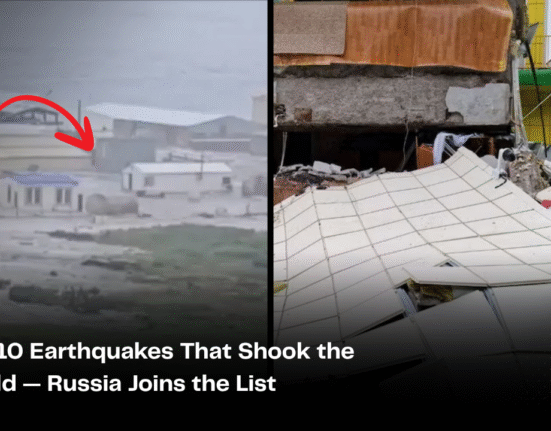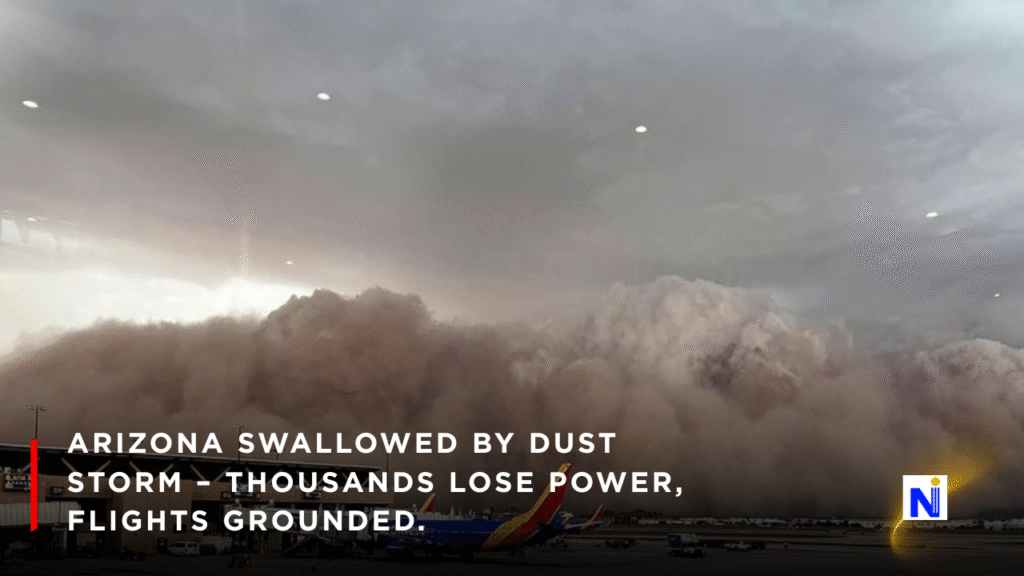
When the skies over Arizona suddenly turn brown and the horizon disappears, you know a dust storm is rolling in. On Monday, a massive haboob swept across Phoenix and surrounding areas, leaving behind chaos: thousands of people without electricity, flights delayed at one of the nation’s busiest airports, and streets coated in thick layers of dust. For residents, it was both a familiar scene and a shocking reminder of just how powerful Arizona’s weather can be.
What Exactly Happened?
On late Monday afternoon, a towering dust wall pushed across Phoenix and Arizona City, about 60 miles southeast. At its peak, more than 15,000 customers lost power, according to PowerOutage.us. By Tuesday morning, the number had improved but still left over 5,000 homes and businesses in Maricopa County struggling without electricity.
Videos across social media painted a surreal picture:
- Entire neighborhoods vanishing into clouds of dust.
- A plane passenger’s video showing a dust wall stretching endlessly across the desert.
- Cars crawling along highways, their headlights barely cutting through the brown haze.
It wasn’t just dust either. Heavy winds and rain followed the storm, creating additional hazards.
5 Major Impacts of the Arizona Dust Storm
1. Power Outages Across Maricopa County
Utility companies scrambled to restore electricity after the storm snapped power lines and damaged equipment. More than 15,000 were initially affected, highlighting just how vulnerable infrastructure can be when nature flexes its muscles.
2. Flights Grounded at Phoenix Sky Harbor
Phoenix Sky Harbor International Airport—ranked as the 11th busiest airport in the U.S. took a direct hit. Roof damage and water leaks were reported, leading to delays and stranded passengers. Heather Shelbrack, deputy aviation director for public relations, said staff were working quickly to “identify leaks and clean up water where it has collected in passenger areas.”
3. Reduced Visibility & Dangerous Roads
With dust clouds swallowing highways, drivers faced near-zero visibility. State officials urged people to “pull aside, stay alive,” a well-known Arizona safety campaign reminding motorists to avoid driving blind through haboobs.
4. Flooding & Structural Damage
As if dust wasn’t enough, rains moved in after the storm, soaking homes, businesses, and airport terminals. Some residents reported minor flooding in low-lying areas, and city crews worked overnight to clear blocked storm drains.
5. Health Concerns From Dust Exposure
Dust storms often stir up allergens and harmful particles. Doctors warn that people with asthma or respiratory issues should stay indoors during and after such events to avoid complications.
Why Do Haboobs Happen in Arizona?
A haboob forms when strong winds from a thunderstorm push downward, hitting the ground and sending dust and debris racing forward. Arizona’s wide, dry desert landscape makes it a perfect stage for these dramatic weather events. While they aren’t uncommon during summer monsoon season, each storm can vary wildly in intensity.
Residents React on Social Media
Social feeds quickly filled with comments, videos, and even a bit of humor:
- “Only in Arizona: one second it’s sunny, next second you’re in The Mummy.”
- “My pool is now officially a mud pit.”
- “Nothing like a free car wash from nature… except it’s dirt instead of water.”
Humor aside, the storm was a stark reminder that even in modern cities, weather can still bring life to a standstill.
From power outages to grounded flights, the Arizona dust storm showed once again how quickly weather can disrupt daily life. For locals, it’s a seasonal reality, but each haboob comes with its own risks and surprises.


